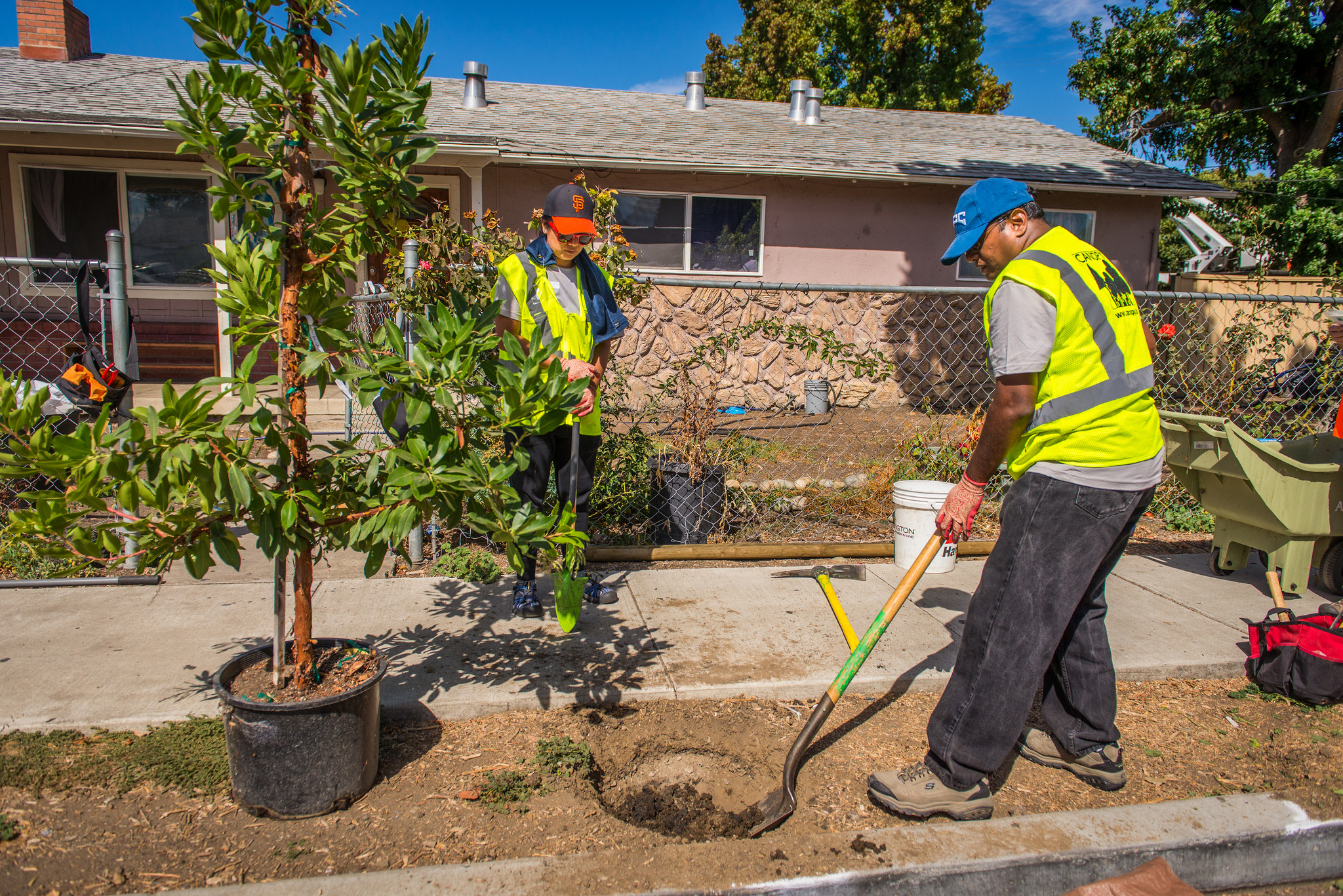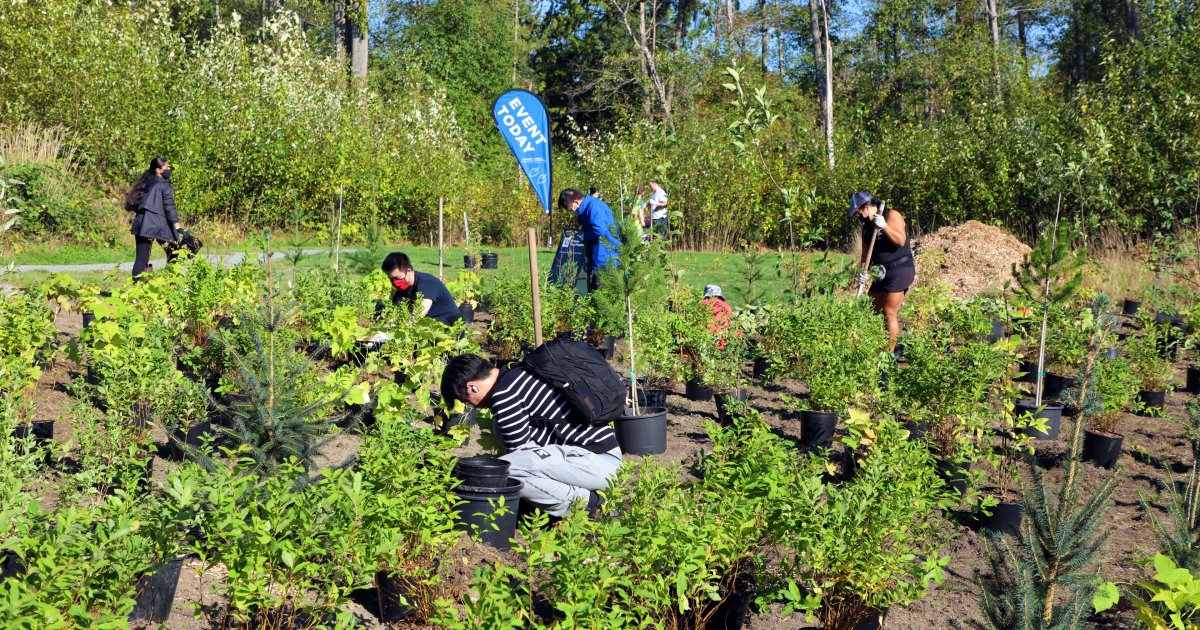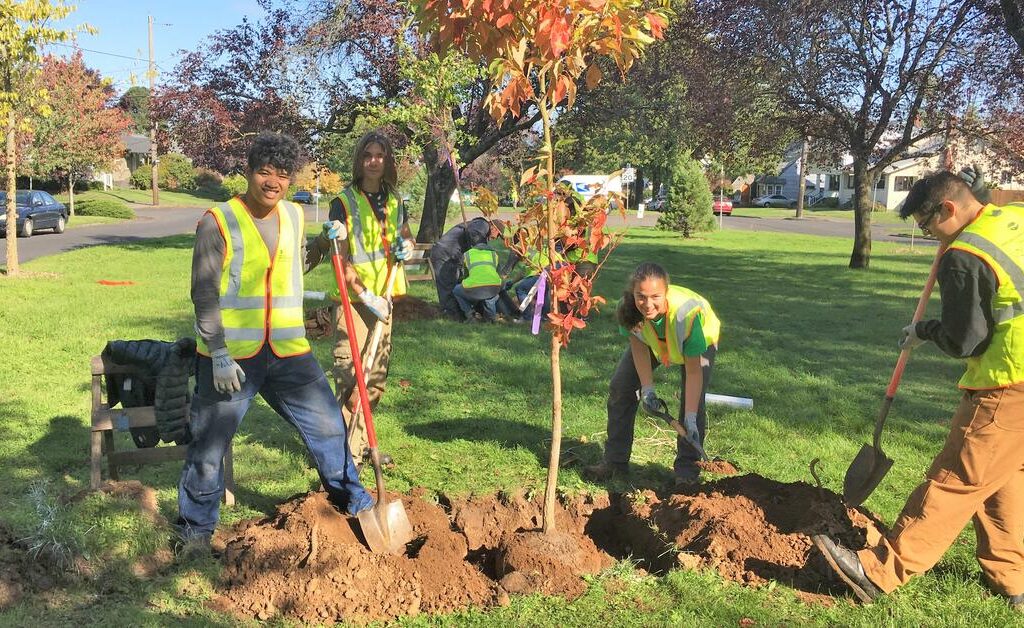Introduction to Tree Planting Regulations
Tree planting regulations are guidelines and laws that govern the process of planting trees in various environments. These regulations are designed to ensure that tree planting efforts are beneficial to the environment, enhance public spaces, and contribute to overall ecological health.
Importance of Tree Planting Regulations
Tree planting regulations are crucial for several reasons:
Environmental Benefits: They help in enhancing biodiversity, reducing carbon footprints, and improving air quality.
Urban Planning: Regulations ensure that trees are planted in suitable locations, contributing to better urban aesthetics and reducing heat islands.
Compliance and Safety: They help avoid potential conflicts with other infrastructure and ensure the safety of planted trees and surrounding areas.
Types of Tree Planting Regulations
Local Government Regulations

Local governments often have specific rules related to tree planting within their jurisdictions. These may include:
Permit Requirements: For planting trees on public lands or in certain areas.
Species Restrictions: Guidelines on which species are suitable for the local climate and soil conditions.
National and Federal Guidelines
At the national or federal level, regulations might cover broader issues such as:
Forestry Management: Guidelines for managing national forests and protected areas.
Conservation Laws: Rules related to the conservation of endangered tree species and habitats.
Environmental Protection Laws
These laws focus on protecting natural ecosystems and might include:
Protected Areas: Regulations on planting within or near protected zones.
Pollution Control: Rules to ensure that planting activities do not contribute to pollution.
Key Regulations for Urban Tree Planting
Permit Requirements
In urban areas, obtaining permits is often necessary before planting trees. This process ensures that:
Compliance: Planting meets local codes and regulations.
Integration: Trees are placed in a manner that complements existing infrastructure.
Species Selection and Planting Locations
Selecting appropriate species and locations is vital for the success of urban tree planting. Regulations might specify:
Native Species: Encouragement to plant species that are native to the area.
Site Conditions: Requirements related to soil type, sunlight, and space.
Maintenance and Care Standards
Once planted, trees need proper care. Regulations may include:
Watering Requirements: Guidelines on how often and how much to water newly planted trees.
Pruning and Health Checks: Standards for regular maintenance to ensure tree health.
Tree Planting Regulations in Rural Areas
Land Use and Zoning Laws
In rural areas, land use and zoning laws dictate how and where trees can be planted. These might include:
Agricultural Land: Restrictions on planting trees in areas designated for farming.
Forestry Zones: Guidelines for planting in designated forested areas.
Agricultural and Forestry Guidelines
For rural tree planting, specific guidelines may apply to:
Crop Integration: How trees can be planted alongside crops without hindering agricultural productivity.
Sustainable Practices: Recommendations for sustainable forestry practices to prevent deforestation.
International Tree Planting Standards
Global Initiatives and Agreements
International standards and agreements play a role in guiding tree planting efforts globally. These include:
The Paris Agreement: Encouraging reforestation as part of climate change mitigation.
The UN’s Sustainable Development Goals: Promoting sustainable land management and afforestation.

Comparative Analysis of Regulations
Different countries have varying regulations for tree planting. Comparing these can reveal:
Best Practices: Effective strategies used in different regions.
Regulatory Trends: Emerging trends and practices in global tree planting regulations.
Challenges in Adhering to Tree Planting Regulations
Bureaucratic Hurdles
Navigating through regulatory frameworks can be challenging due to:
Complexity: Multiple layers of regulations can be confusing.
Delays: Permitting processes might cause delays in planting projects.
Environmental and Climatic Considerations
Factors such as climate change and environmental conditions can affect:
Species Adaptability: The suitability of tree species for changing climates.
Planting Success: The overall success of tree planting initiatives.
How to Navigate Tree Planting Regulations
Research and Planning
Before starting a tree planting project, it’s important to:
Understand Regulations: Research local and national regulations.
Plan Strategically: Develop a planting plan that complies with all guidelines.
Engaging with Local Authorities
Working with local authorities can:
Facilitate Permits: Help in obtaining necessary permits and approvals.
Provide Resources: Offer guidance and resources for successful planting.
Staying Updated with Changes
Regulations may change over time. Staying updated involves:
Regular Reviews: Checking for updates in local and national regulations.
Networking: Engaging with environmental groups and local organizations.
Case Studies: Successful Tree Planting Initiatives
Urban Reforestation Projects
Successful urban projects demonstrate:
Community Involvement: Engaging residents in planting and maintaining trees.
Innovative Techniques: Using new technologies and methods for urban planting.

Rural Afforestation Programs
Rural programs showcase:
Economic Benefits: Enhancing local economies through forestry projects.
Environmental Impact: Positive effects on soil health and biodiversity.
Conclusion
Tree planting regulations are essential for ensuring that tree planting efforts are sustainable, effective, and beneficial for both urban and rural environments. By understanding and adhering to these regulations, individuals and organizations can contribute to a greener, healthier planet.
